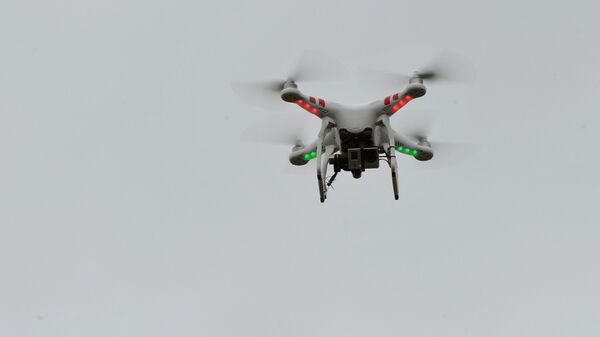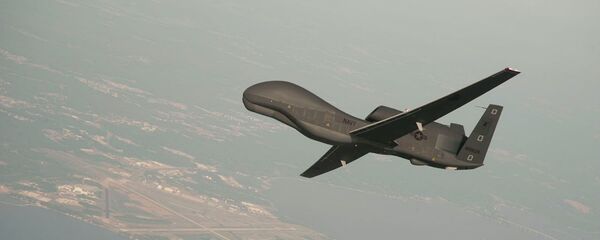In the framework of the Fast Lightweight Autonomy (FLA) program, the Defense Advanced Research Projects Agency (DARPA) is exploring “non-traditional perception and autonomy methods that could enable a new class of algorithms for minimalistic high-speed navigation in cluttered environments,” its official statement reads.
Zip in, zip out: Speedy, agile UAVs envisioned for troops in urban missions. http://t.co/8pRXfu2Umd pic.twitter.com/GVomVRsWSo
— DARPA (@DARPA) 22 декабря 2014
The Agency is planning to analyze flying insects’ and birds’ flight characteristics, for example those of goshawks, and replicate them in drones, thus enhancing their agility and flexibility.
Video: Ever seen a goshawk fly through the woods? http://t.co/CioiJdmOsx DARPA wants UAVs with the same agility: http://t.co/ozuMM6UqY8
— DARPA (@DARPA) 23 декабря 2014
The new drones will assist military teams, primarily in urban areas, in missions such as hostage recovery, as they will be able to “quickly navigate a labyrinth of rooms, stairways and corridors or other obstacle-filled environments,” the DARPA statement says. This can drastically cut the risk for on-the-ground units. The UAVs will be designed to fly at speeds up to 20m/s, cover a distance of 3,000 feet, and operate for about 10 minutes.
The US is paying great attention to drones as an essential technological branch, especially applicable to surveillance. The Navy has been developing the RoboTuna project, which features a fish-looking drone that can extend surveillance of vessels, submarines, and conduct in mine detection, according to Military.com.




